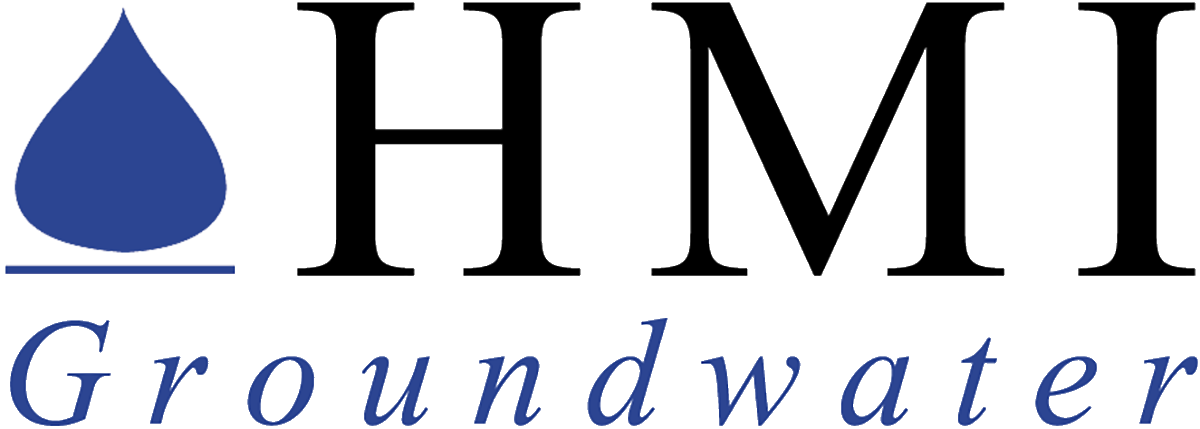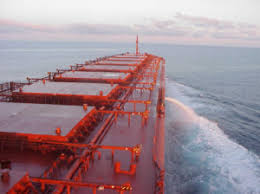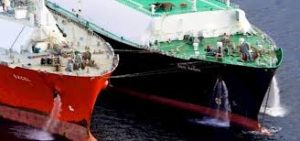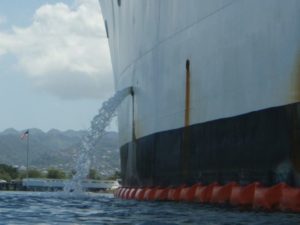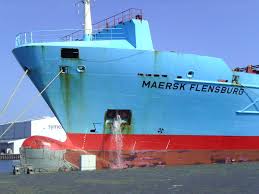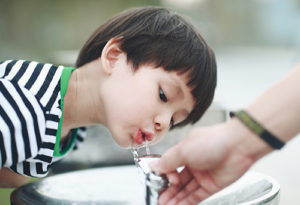Water and wastewater utilities in the United States provide safe, reliable, and economical service as measured by any comparative standard of performance. The nation’s water infrastructure has benefited greatly from long-term investments in water systems and the adoption of new wastewater standards with accompanying financial assistance. U.S. water service systems are based on historically conservative approaches to design and construction that, when combined with the current political aversion to long-term investments in infrastructure, have created some resistance to change. Nevertheless, major changes are under way.
Water service providers face new challenges on a range of fronts that include rising consumer expectations, increasingly stringent government standards, technical complexities, decaying infrastructure, and a political imperative to control costs and to limit rate increases. These pressures have created a market opportunity for private firms seeking to expand their role in the water services sector. These include investor-owned water utilities, which have seen limited expansion through acquisitions, and private domestic and foreign firms that offer services on a contractual basis to publicly owned water and wastewater systems. These companies can bring additional technical and managerial competency to the water sector, while also accepting a degree of competitive risk.
